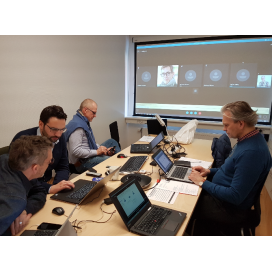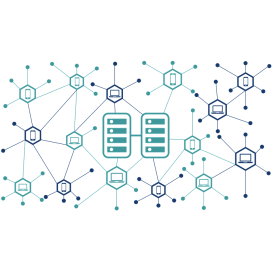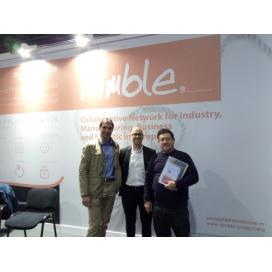In this post we focus on Tracking and Tracing based on a blockchain infrastructure, inspired by a part of a NIMBLE eco-houses use case.
A first technological proof point for blockchain in the supply chain domain consist of tracking supply chain transactions reliably and transparently. Efficient track and trace solution brings clarity to the relationship among all partners.
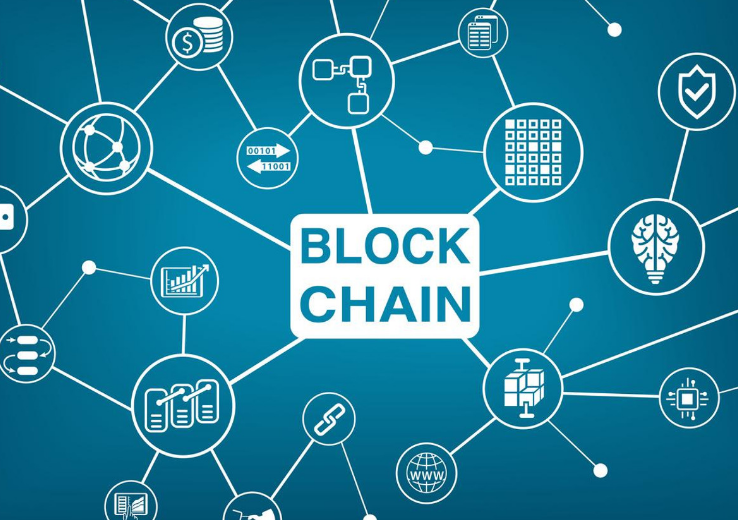
Transactions on the blockchain create a traceable permanent history of the product or interaction, throughout their lifecycle, which is shared by all members of a collaboration.
The end goal is to enhance trust in a trust-less environment without relying on a single entity to manage all the information. The distributed nature of information sharing provides an undeniable single source of truth reflecting reality as it took place.
As a part of the vision to incorporate a blockchain based supply chain tracking and tracing application, a first step is to incorporate partners data, putting a specific emphasis on IoT data. The data serves as the driving element to the agreed upon logic which resides in the blockchain level as well in the form of smart contracts. Examples as to the kind of data which shall participate includes data coming from sensors enabling tracing the state of items in real-time and to drive potential notification on out-of-bounds conditions affecting the agreement (for example, too high humidity levels).
One of the advantages enabled by the blockchain as the underlying technology, is to provide accurate real-time distributed visibility fed by collaborators data. This capability enables a coherent and updated view of the status of the supply chain ecosystem including the flow of materials and components, and the associated state as can be reported by attached IoT devices; all according to the scope, rules, and conditions agreed upon among the network partners. This includes tracing the state of production and make this information available to the buyer.
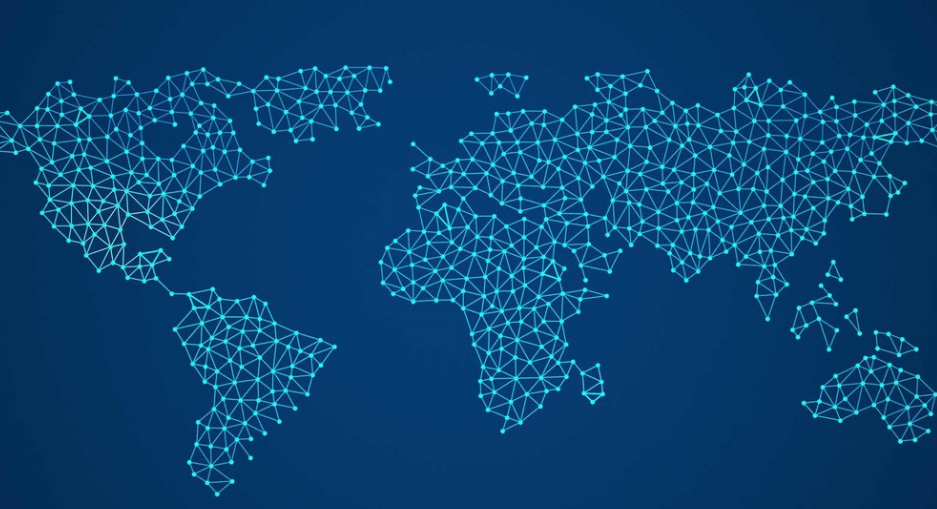
A current example is the possibility to track the state of an item in production. RFID gates are installed at different production stages, and tags are being read when an item passes through a gate. Each corresponding reading is being sent to the blockchain as well, and can be queried at a later stage. In addition, readings from IoT devices can flow to the blockchain as well, and become part of the permanent record of the production process, providing a picture of the environmental state during production.
The end result is a provenance trail of the production process which can be shared also in real-time with relevant stakeholders.

